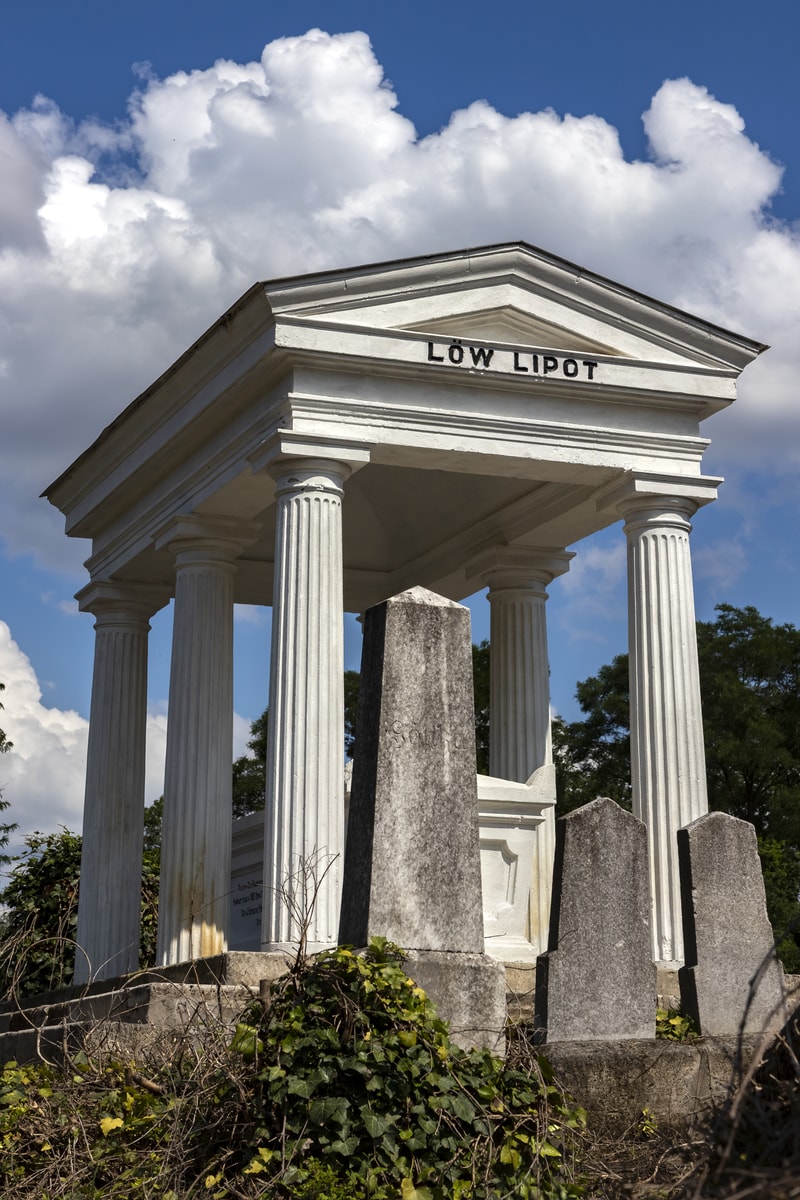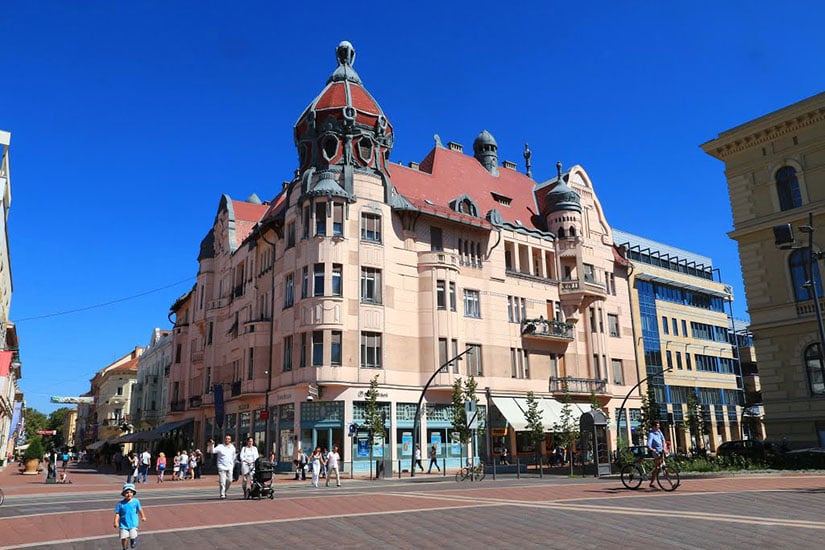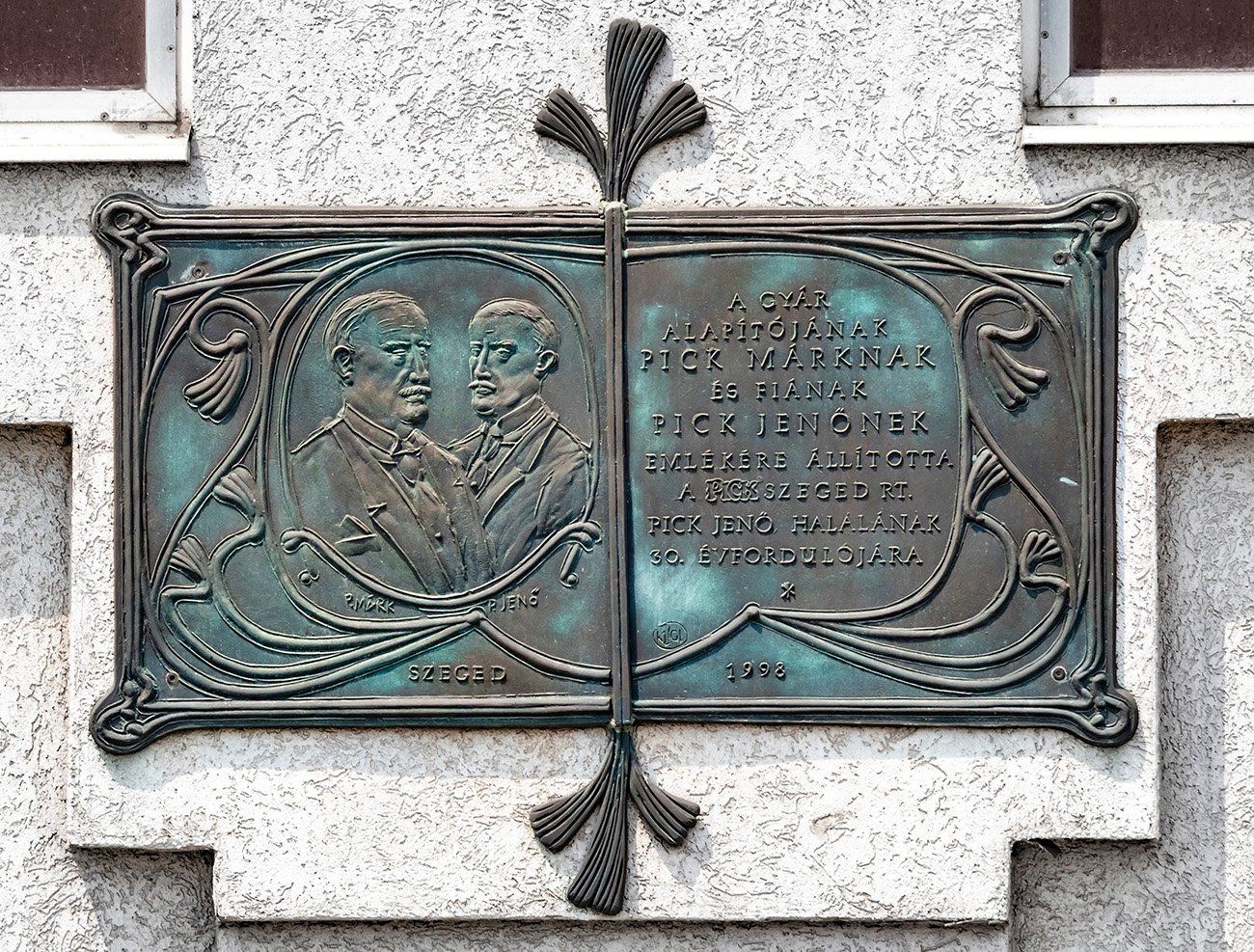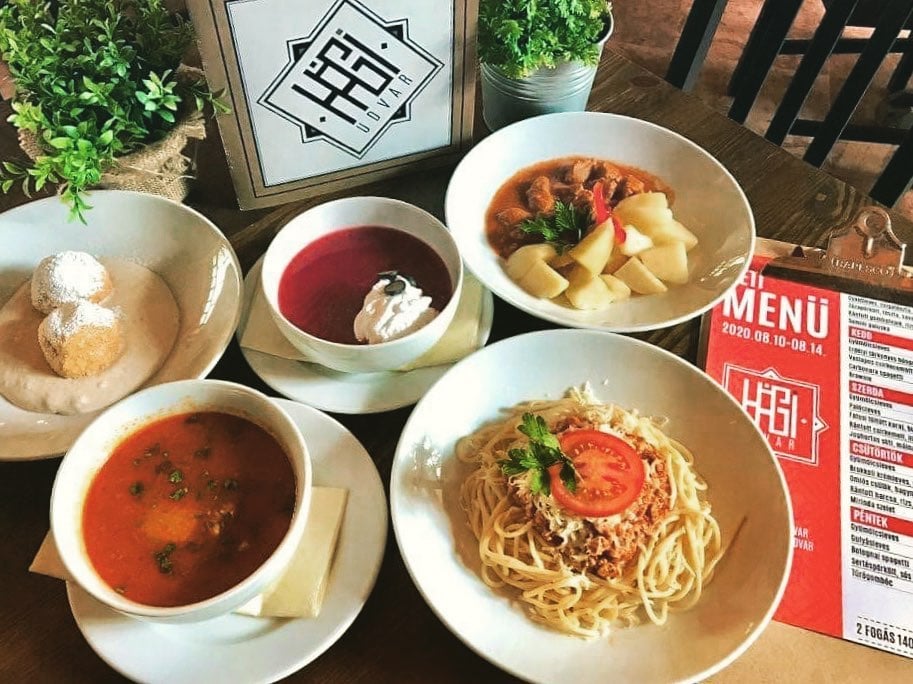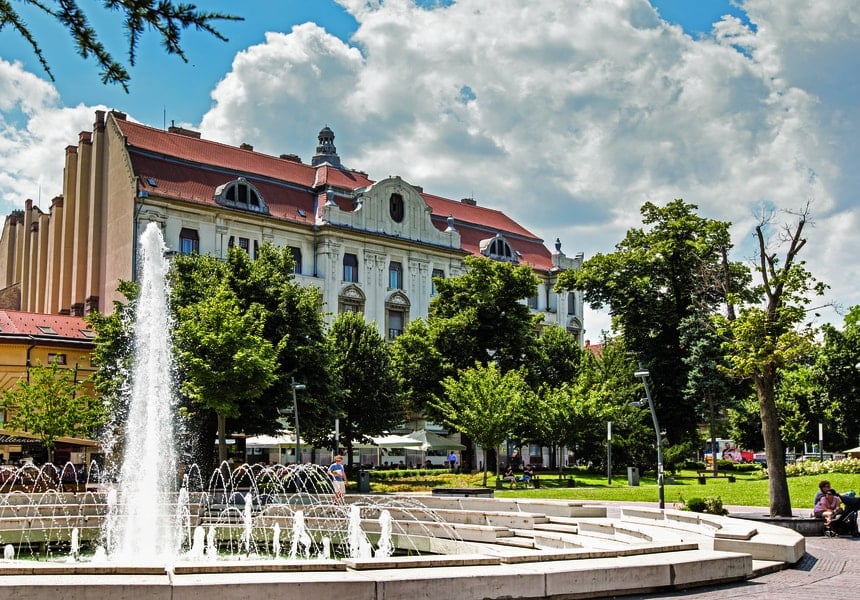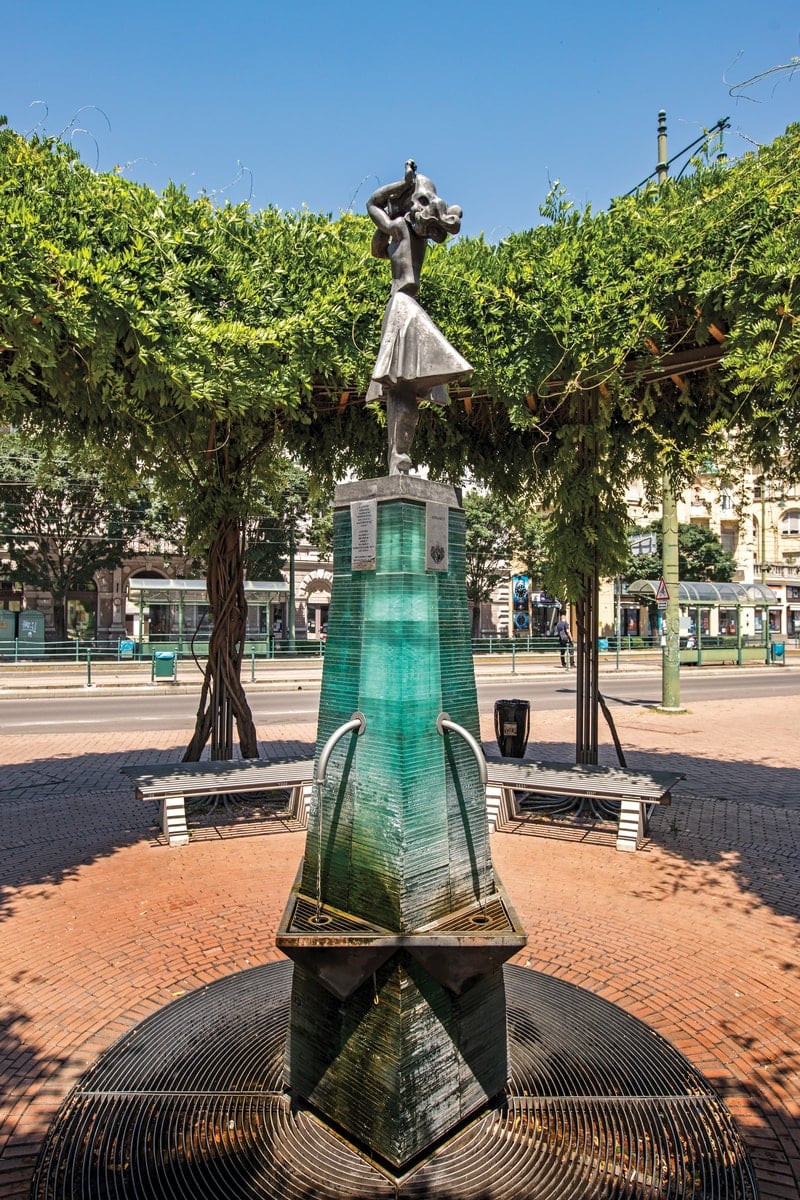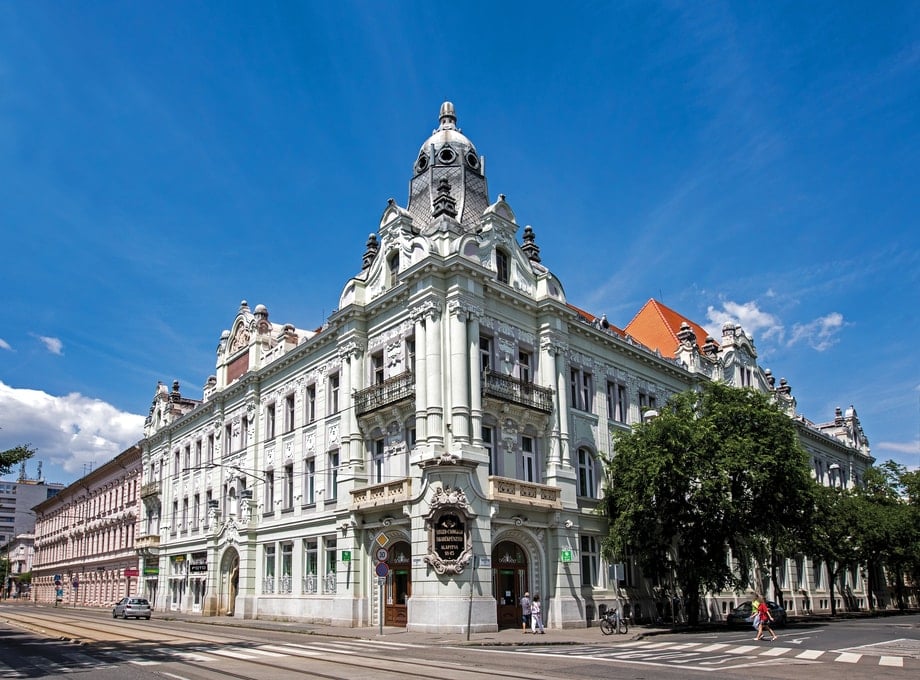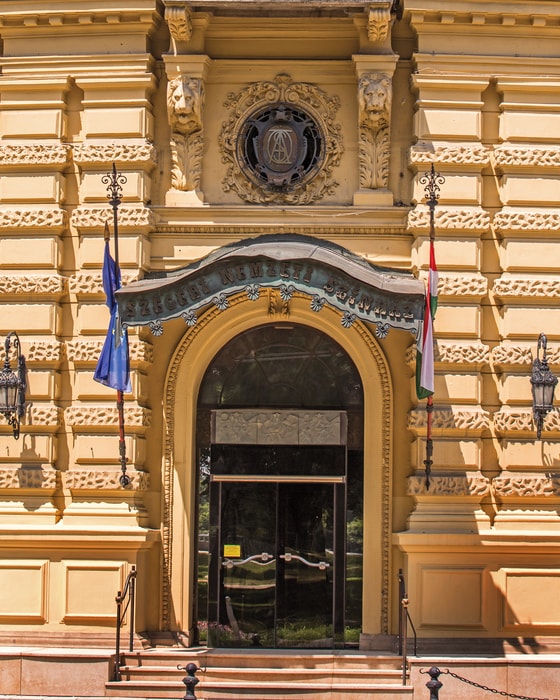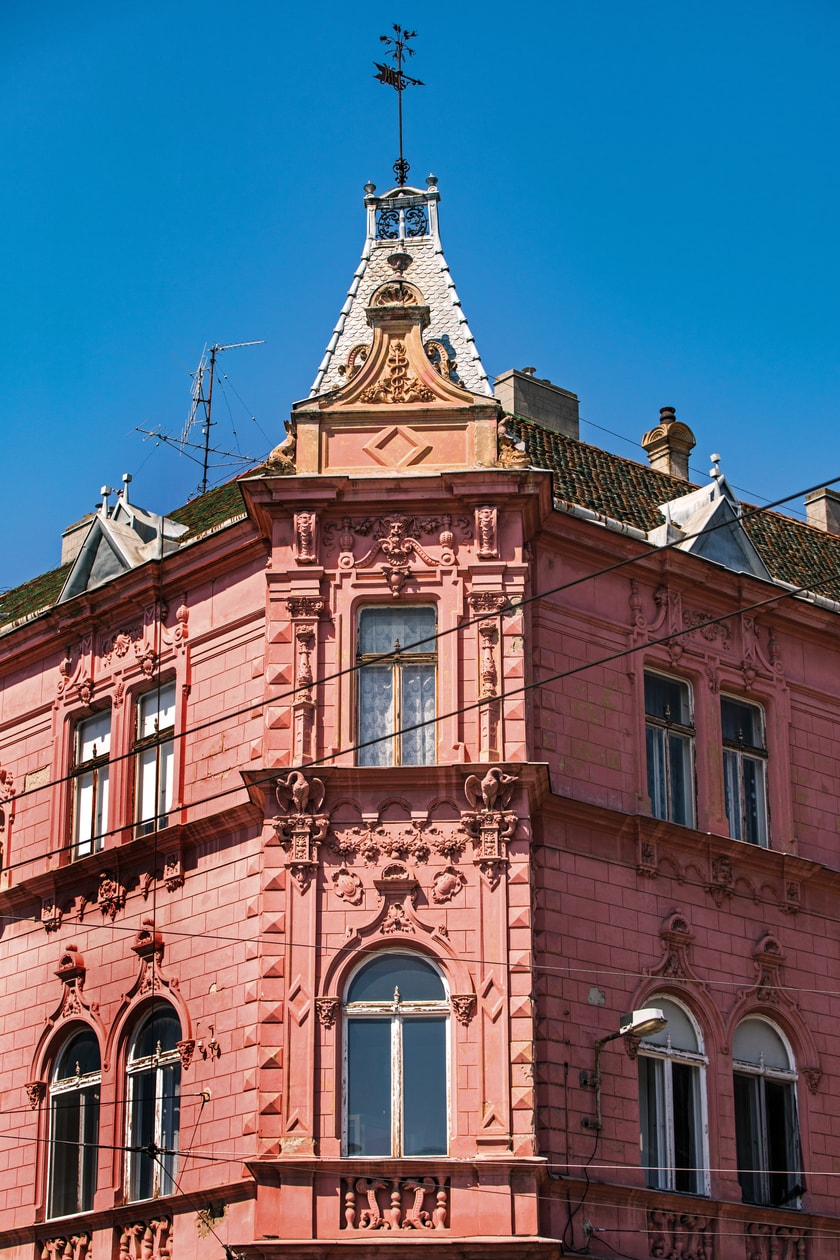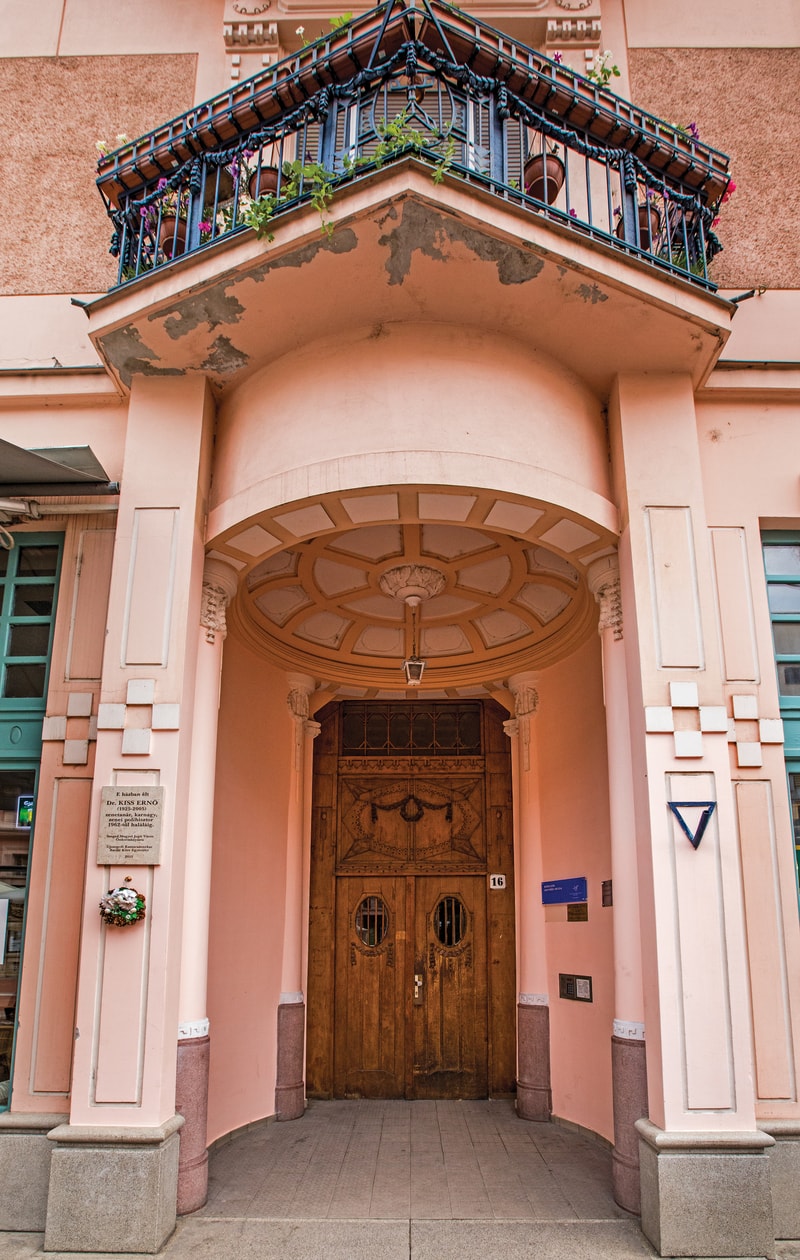It is the final resting place of several famous local residents, such as Chief Rabbi Lipot Löw who was the first representative of the Hungarian moderate reformed (Neolog) movement. His son Chief Rabbi Dr. Immanuel Löw, who was said to be the most scholarly rabbi of his time, was a botanist who conceptualized the gorgeous stained-glass windows of the New Synagogue and the plants of the Biblical garden around it based on his internationally famous work entitled The Flora der Juden. You will see the tombs of journalists, writers, musicians, painters, photographers, industrialists and factory owners who played a decisive role in the life and development of Szeged.
Archives: Directory listings
Directory listings
Walk in the Old Jewish District
During this two-hour-long tour, I will introduce you the history of Jews in Szeged from the end of the 18th century until the present days by showing and visiting their homes, palaces, schools and synagogues. You will visit both the Old and the New Synagogue that is the fourth largest one in the world, built in 1903. The building underwent a complete external renovation in 2017 when its Biblical garden was also restored.
The Pick Family
Pick salami is a word famous trademark that was introduced by Mark Pick in 1883. He had three sons: Jenő, a salami producer, Móric, an architect, and Lajos (Petri), a sculptor. He was an honoured member of the Jewish community as well as that of the city. He financially supported railway development, building the New Synagogue, local schools and organizations. During this walk, you will learn about the family story, will see their dwelling places, and will learn about their special winter salami product, the first factory, and a number of palaces built by Móric who fell victim to the Shoah.
Hági Udvar
Hagi Udvar is a legendary restaurant among the locals with a history dating back to the 19th century. The first theatre in the city was opened in 1856 and after a flood, the building was renovated by the city and sold to Haggenmacher Brewery in 1896 to become a beer hall. The restaurant has gained popularity since the 30s, and has been a center of nightlife and a meeting place for intellectuals. Among others, poet Miklós Radnóti, comedian Géza Boncz, opera singer József Gregor, actress Éva Ruttkai, singer Pál Szécsi, actress Hilda Gobbi, actor Zoltán Latinovits, singer Margit Bangó have dined at Hagi Udvar.
The restaurant has expanded several times and eventually permanently closed in the mid-1990s. In the spring of 2018, young entrepreneurs, Dr. Tibor Farkas Molnár and Dr. Gyula Gálosi, reopened the restaurant and today it is once again a lively meeting and lounging area.
They serve a variety of home-made dishes with local Hungarian flavors as well as modern cuisine. There are also private rooms for family and corporate events.
Forbát House
The Art Nouveau Forbát or Müller House was built according to Lipót Baumhorn’s plans at the corner of Dugonics Sq. between 1911 and 1912. By this time, it was the eighth building (along with the New Synagogue, Headquarter building of the Jewish community, Ciduk Hadin House in the Jewish cemetery, 3 Wagner palaces and the building of the Csongrád Savings Bank) designed by Jewish architect Baumhorn in the city of Szeged.
Anna Well and Medicinal Bath
Only a single public bath survived the devastating Great Flood of 1879, thus, city leaders decided to have a new one built in order to satisfy arising local needs. A design contest was soon issued that the renowned Budapest-based architects Adolf Láng and Antal Steinhardt won.
The Savings Bank – Centre of Local Businesses
Influential citizens involved in local industry and commerce have strongly shaped the society of Szeged in the 19th century. They initiated the foundation of the Szeged-Csongrád Savings Bank in 1845 which was the 10th of its kind in the country. Its founder was Gábor Klauzál, the famous Szeged politician, who was representative of Csongrád County in the Houses of Parliament, later, minister of communal works and transportation in the first government formed after the Revolution of 1848. Bernát Back, the well-known Jewish tycoon and nationally famous public person can be found among its presidents as well.
The National Theatre
Stone theatres had been built in cities of the countryside across Europe in the last decades of the 19th century. When Szeged was rebuilt after the Great Flood of 1879, the leadership contracted the Vienna-based Fellner & Hellmer Company (of European significance) to plan a theatre. Construction works were carried out by the local Jiraszek and Krausz Co. It was not the first theatre in town, the local theatre company had performed in a wooden building.
Milkó Palace – The Strawberry House
The story of Milkó palace, nicknamed Strawberry House by the people of Szeged because of its colour, started in 1874, when Szabadka-born Vilmos Milkó and his sons – Jakab and Sámuel – founded the Vilmos Milkó and sons timber trading company. By that time, the Milkó family had already proven to be successful in business: they had already owned a steam-sawmill in Törökbecse, and prosperous wood shops in Szabadka and Óbecse.
Ungár-Mayer Palace
The Ungár-Mayer Palace was built between 1910 and 1911 according to the plans of Ede Magyar, the outstanding architect of Hungarian Art Nouveau style. The two wealthy contractors were Benő Ungár and Áron Mayer; Móricz Pick and László Tóbiás’ company carried out the construction works. Various forms of ornaments, such as spirals, waves, chessboard patterns, garlands and other geometric shapes decorate the building. The corner tower is the most accent piece of the building decorated by the architect’s favourite dancing figures.
